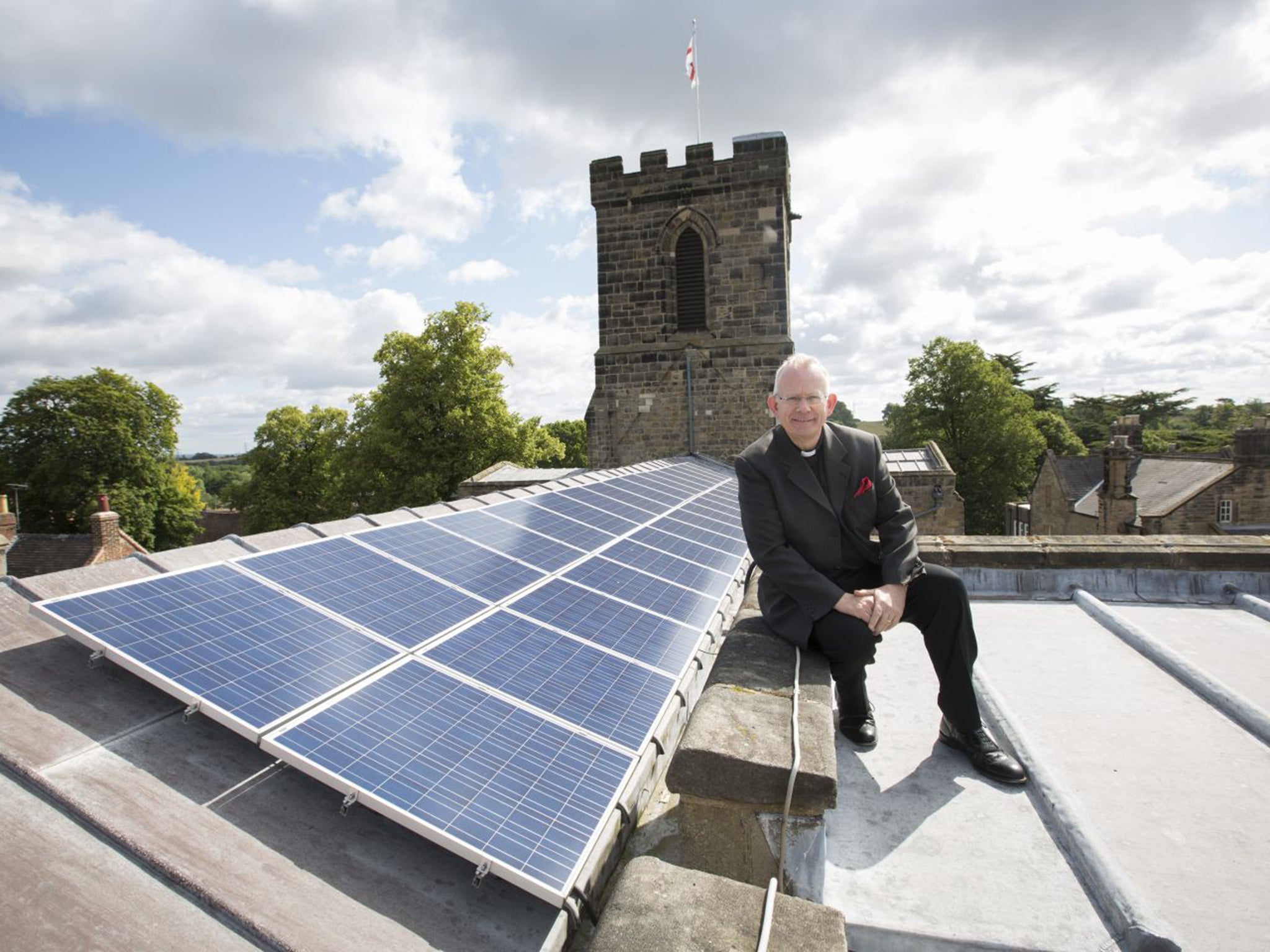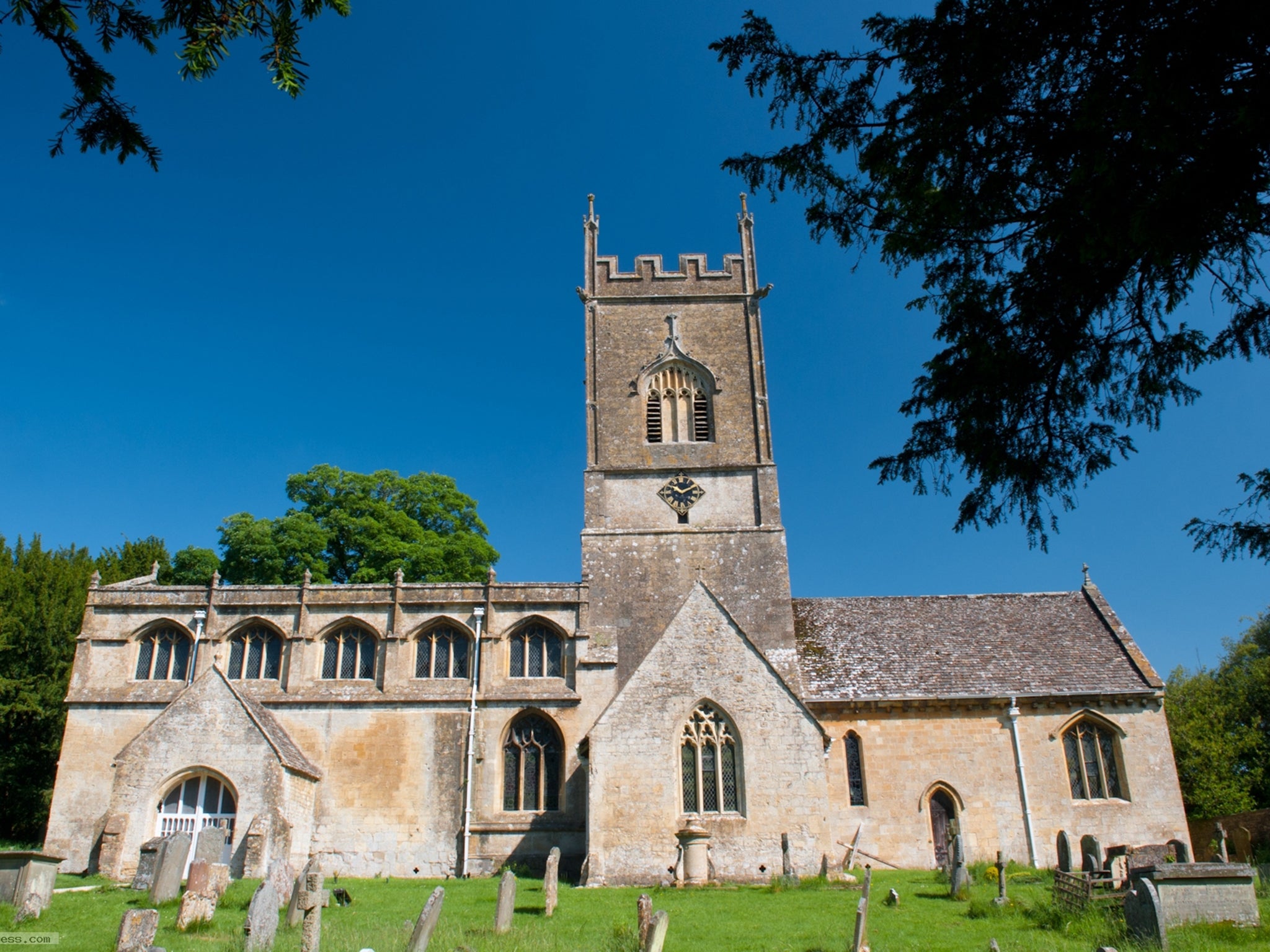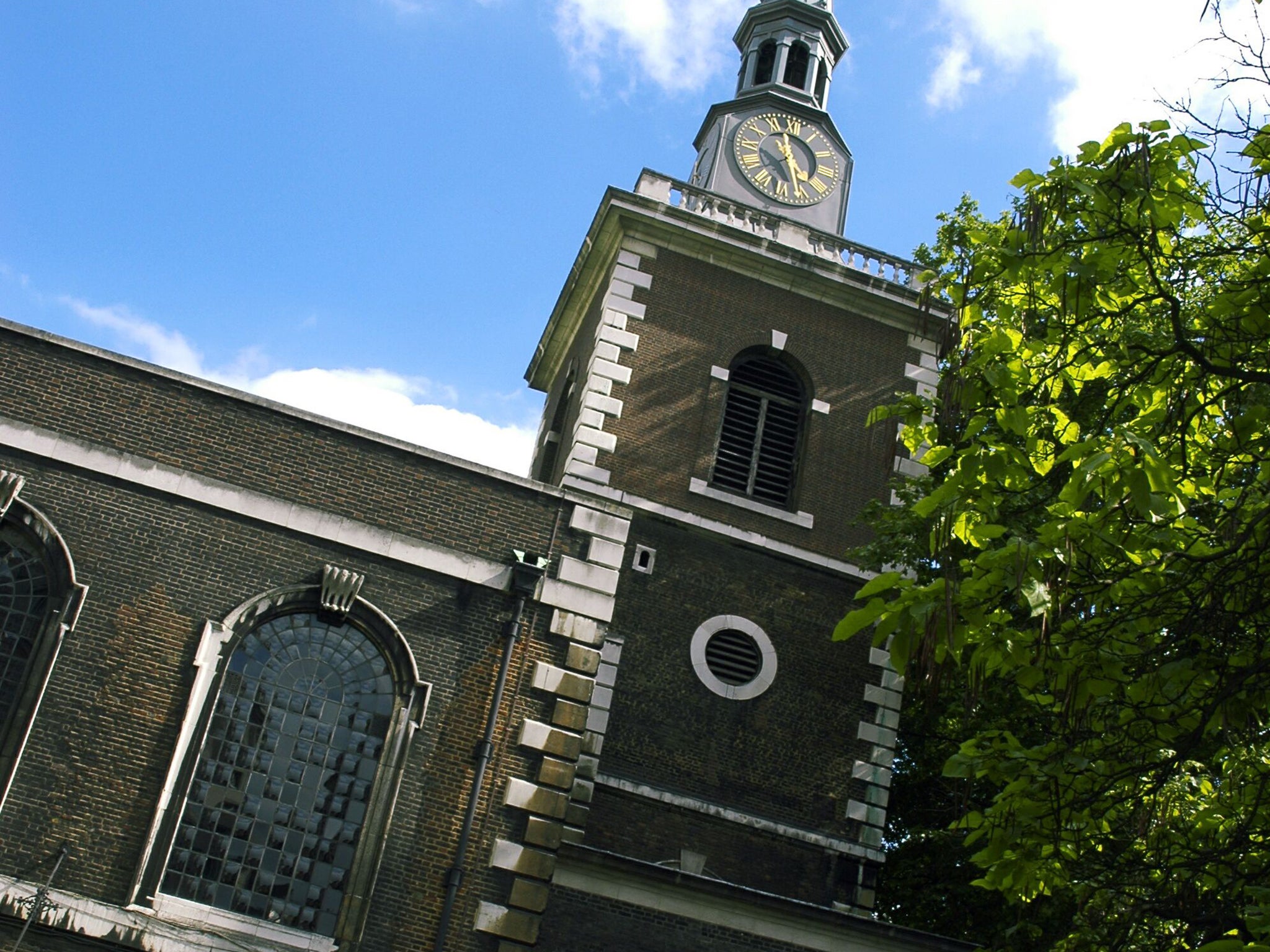Listed Churches all over England are installing solar panels
Let there be light – and a cut in the fuel bills

Your support helps us to tell the story
From reproductive rights to climate change to Big Tech, The Independent is on the ground when the story is developing. Whether it's investigating the financials of Elon Musk's pro-Trump PAC or producing our latest documentary, 'The A Word', which shines a light on the American women fighting for reproductive rights, we know how important it is to parse out the facts from the messaging.
At such a critical moment in US history, we need reporters on the ground. Your donation allows us to keep sending journalists to speak to both sides of the story.
The Independent is trusted by Americans across the entire political spectrum. And unlike many other quality news outlets, we choose not to lock Americans out of our reporting and analysis with paywalls. We believe quality journalism should be available to everyone, paid for by those who can afford it.
Your support makes all the difference.St Michael with St Mary parish church in Melbourne, Derbyshire, is a fine example of 12th-century Norman ecclesiastical architecture, but one part of the building is distinctly modern.
The sunshine that illuminates the church’s stained-glass windows is also shrinking its carbon footprint thanks to a 42-panel, 10kw array of solar panels on the roof.
Melbourne parish church is one of hundreds of religious buildings across the country to have taken the pioneering step of installing solar panels, spurred on by the twin aims of shrinking the building’s carbon footprint and slashing electricity bills. The returns are good, particularly for those churches that went solar prior to the Government’s 2012 decision to reduce the tariff paid to generators who sell surplus energy back to the National Grid. The latest figures from ChurchCare – the Church of England’s division that helps churches look after their buildings – show that over the past decade, 376 of its churches, halls, schools, vicarages and even a cathedral now have photovoltaic panels and are generating thousands of pounds.

Churches are ideal places for panels. In a benefit unforeseen by medieval architects, the traditional east-west structure, with the altar at the east end of the nave, calls for a long, south-facing roof with a pitch that perfectly captures sunlight.
Melbourne’s parish church began producing green energy from the sun in November 2011 and was one of the first Grade I-listed churches in the UK to do so. The venture was kick-started by the village’s Transition group, part of the global Transition network, an ecological group devoted to cutting CO2 emissions. The church’s panels cost about £40,000 and were partly funded by a government grant. The church’s heritage budget covered the shortfall after church elders decided the money would be better spent earning cash on the roof than in the bank.
In their first year the panels generated 8,002kw of energy and income totalling £3,234. To date, the total energy generated is 27,975kw, which equates to £11,826 in feed-in-tariff income. The church envisages recouping about £54,000 over 25 years, although the supplier of the panels has put the figure at £80,000. Considering the weekly cost of “essential maintenance, ministry and outreach” is running at more than £1,000, the cash is much needed.
The vicar, the Rev Dr Mark Powell, insists the scheme was not about money. “We were looking for a good environmental project to do, as a kind of showcase of what could be done for the local community, and the roof has a large surface area and is at the right angle to be ideal for solar panels,” he said. “The fact that you can achieve something like this on a listed building – it encourages other people in the community.
Despite the obvious benefits, the solar path has not always been smooth. Not everyone welcomes the appearance of shiny blue solar panels on the roof of an ancient building. English Heritage objected to Melbourne church’s scheme, saying it was an “eye-catching, intrusive modern element in the conservation area”. The conservation body, whose statutory advising arm is now Historic England, says it advises against solar panels only when there are good reasons for doing so as part of its responsibilities under the planning system.
Diana Evans, Historic England’s head of place of worship advice, said: “We approach every request for advice on a case-by-case basis, depending on local circumstances and taking into account the wider historic environment and the impact the proposals would have on other people’s enjoyment of it. The number of buildings with solar panels demonstrates that there are often no issues raised by Historic England but sometimes, as in Melbourne, there are concerns which we are duty bound to raise.”

The aesthetic impact of solar panels has led some members of the ecclesiastical community to install the devices on less prominent buildings such as church halls; others have gone for less visually intrusive solar tiles. An example is the Grade I-listed St Paul’s in Newton Abbot, Devon, whose attempt to produce green energy was initially refused by planners. Eventually the church managed to have a solar system approved by opting for subtler solar slates deemed to be more sympathetic to the building’s architecture.
The community in Melbourne has broadly welcomed the solar panels installed on the church roof, said Graham Truscott, chair of Melbourne Area Transition. “We spent a lot of time on the project going round and talking to groups we thought might have an interest,” he said. “We got a potential suppliers to do a demonstration by putting some different types of panel on the roof.”
Join our commenting forum
Join thought-provoking conversations, follow other Independent readers and see their replies
Comments